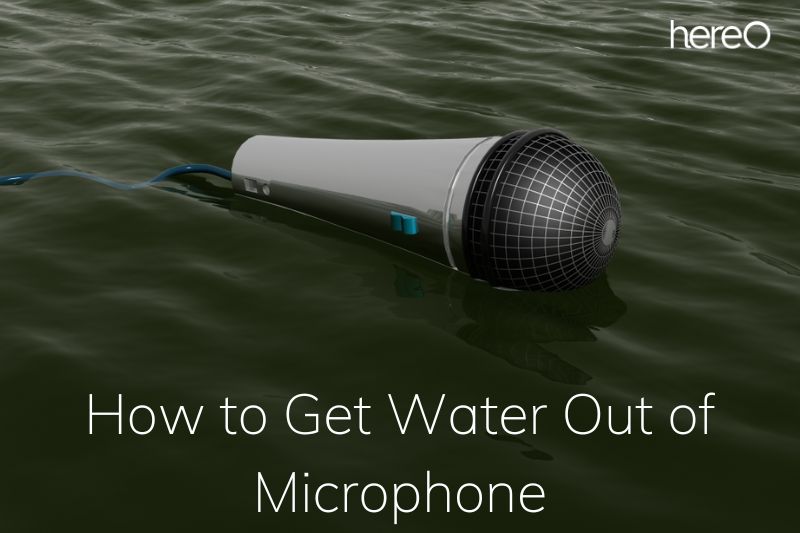There are numerous occasions why you must remove water from a microphone. It might be that you spilled your drink on it or that the microphone is becoming wet from the rain outside. Today, we will learn how to get water out of microphone.
Contents
- 1 What Happens If a Microphone Gets Wet?
- 2 How to Drain Water Out of a Microphone
- 3 How to Dry Out Sealed battery Microphones
- 4 How To Get Water Out Of Microphone
- 5 How to Prevent your Microphone From Getting Wet
- 6 Are There any Waterproof Microphones
- 7 FAQs about How to Get Water Out of Microphone
- 8 Conclusion
What Happens If a Microphone Gets Wet?
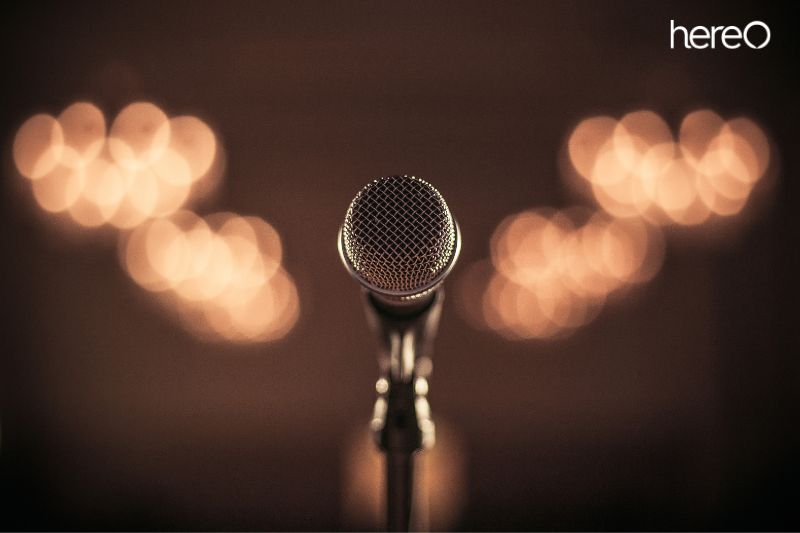
If a microphone gets wet, it can be a serious problem and cause damage to the internal components. When a microphone comes into contact with water, it can lead to electrical shorts and corrosion of the internal parts. This can cause the microphone to malfunction or even stop working altogether.
It is important to take preventive measures to avoid this from happening. The best way to do this is to keep the microphone away from water and other liquids. If a microphone does get wet, it is essential to immediately dry it off with a soft cloth and make sure to turn it off.
In some cases, a microphone may be submerged in water. In such situations, it is best to take it to a professional repair shop as soon as possible. A professional will be able to minimize the damage and increase the chances of restoring the microphone to its original state.
How to Drain Water Out of a Microphone

Disconnect the power source from the microphone. Water can result in an electrical shock since it is a good conductor of electricity. Remove the mic from the other cords and wires. Take off the windscreen, the pop filter, and the grille.
To remove the majority of the water, flip the microphone upside-down. Then, using a toothbrush with soft bristles, carefully scrape the microphone to remove any extra water.
Now, you have the option of using hairdryer air or the rice approach. Once it has completely dried, reconnect your microphone and test it to make sure it is working properly.
How to Dry Out Sealed battery Microphones
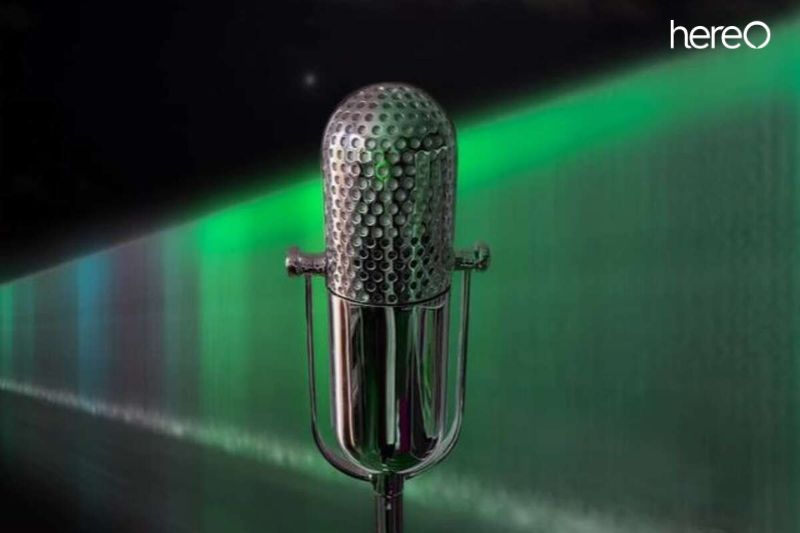
Before attempting any form of use, shake out as much water as you can, put the microphone in a warm, dry location, and let it air dry for at least 48 hours.
Wait until the microphone has completely dried out before turning it on. (The condensation that develops as the microphone’s internal parts heat water probably results in harm.)
To dry out the microphone, avoid using a hairdryer or other heating appliance.
These appliances frequently have fans, which will hasten the condensation’s formation.
How To Get Water Out Of Microphone
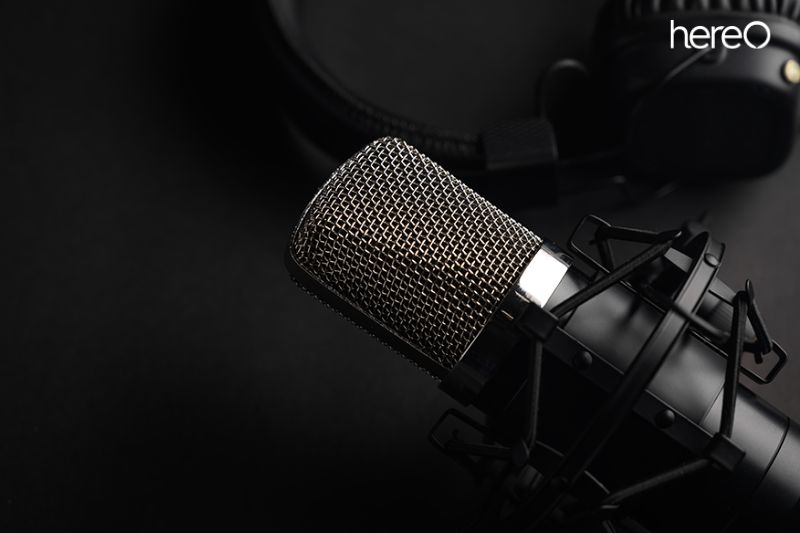
Hairdryer method
Using a hairdryer is a straightforward but efficient technique. You can do this process using your blow dryer as well. Simply set the microphone in an area with direct heat and leave it there until the majority of the water has evaporated.
It is important to remember while using this method to start with a low heat setting and to switch the microphone off when drying it.
The hairdryer is a quick and simple way to remove the moisture from your microphone, but if used improperly, it could also result in severe damage. As a result, you should utilize this technique with considerable caution.
Rice pouch
Using rice’s capacity to absorb humidity or moisture is another way to remove water from your microphone. If you want to dry your microphone but don’t have access to a dryer, you can use this method.
Make sure that all components are properly sealed before placing the microphone on top of a container filled with rice. You don’t want moisture from the outside to sneak in during this process. Leave it there for at least one night or until the component is dry to the touch.
Using an oven
Using an oven is the final option for drying off your microphone. Although this method will take more time than the first two we discussed, you can still use it if you have the time.
Before placing them in the oven, make sure that all parts, including the wires, are securely fastened and sealed. After that, preheat it to roughly 120 degrees Fahrenheit for at least an hour. Remember to turn off the microphone while the device is inside the oven when utilizing this method.
Whether you must use this technique, be sure to leave the microphone inside for an hour or two before checking to see if any water is dripping from it. If not, turn off the device and remove them right away because they will burn quickly owing to the high temperature setting.
How to Prevent your Microphone From Getting Wet

Recording with a wet microphone can be a nightmare. Water can cause serious damage to your microphone, resulting in poor sound quality and costly repairs. To prevent this from happening, it’s important to take some precautions when recording. Here are some tips on how to keep your microphone dry and protected:
- Use a pop filter. Pop filters help reduce unwanted noise from plosives and can also help protect your microphone from getting wet.
- Avoid damp or humid environments. If you must record in a damp environment, make sure the microphone is in a protective case or cover.
- Shield your microphone from extreme temperatures. Extreme hot or cold temperatures can cause condensation to form on the microphone, leading to water damage.
- Shield your microphone from wind and moisture. If you’re recording outdoors, make sure to shield your microphone with a windscreen or windjammer. This will help prevent water droplets or moisture from entering the microphone while recording.
Are There any Waterproof Microphones
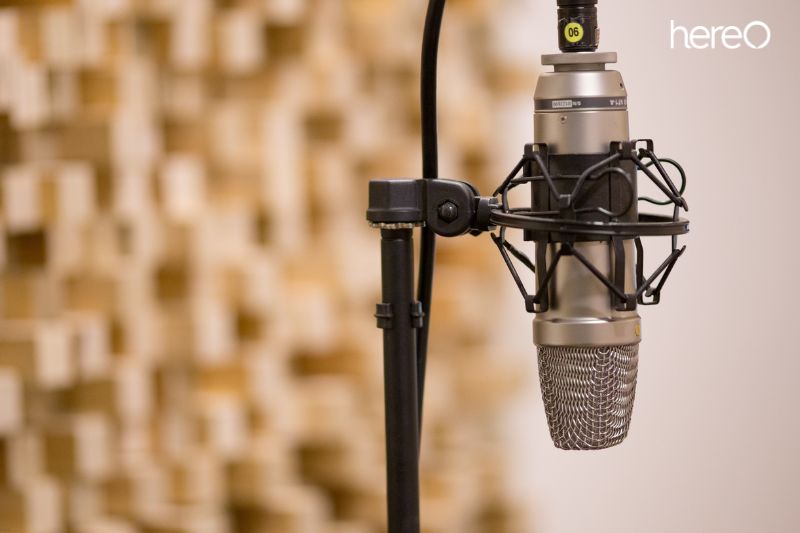
For some mic owners, the question of whether it would be wiser to just buy a waterproof microphone or case solution to avert disaster in the future has frequently crossed their minds. This is particularly true for bands that perform live, punk/rock/metal bands, and microphone owners alike.
While there are several waterproof lavalier mics available that are ideal for recording audio from videos, attempts to prevent water damage to actual instrument microphones will undoubtedly fail. However, there are a seemingly limitless number of choices for waterproof microphone cases.
If you want to prevent water damage during microphone transit or while on the road, the range is genuinely vast, ranging from the smaller and more compact hard cases for particular microphone models to the customizable and lockable Casematix Customizable Foam Case.
FAQs about How to Get Water Out of Microphone
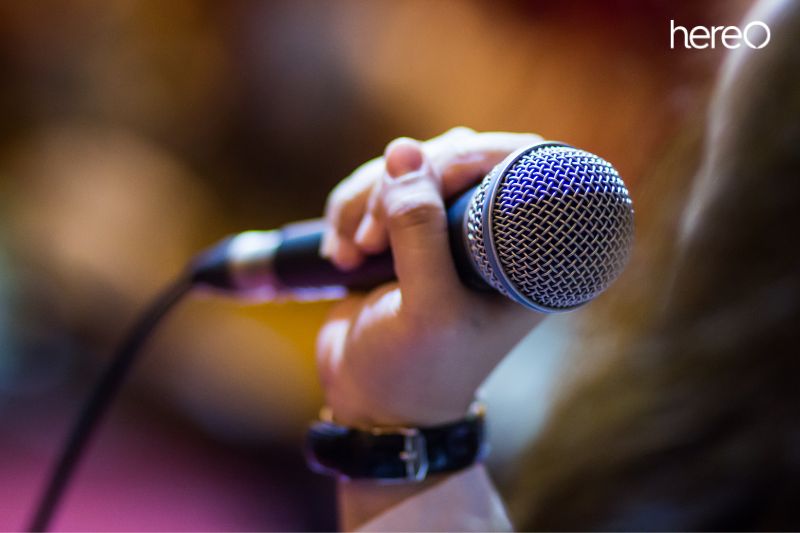
How to get water out of microphone Iphone 11?
If you have an iPhone 11 and it has been exposed to water, it’s important to take immediate action to get the water out of your microphone. Here are the steps you should follow:
- Turn off the device immediately and remove the case if possible.
- Gently shake the device to try and get any remaining moisture out.
- Use a dry cloth or paper towel to dry off the device. Be gentle and make sure not to scratch or damage the device.
- Use a can of compressed air to blow out any remaining moisture from inside the device.
- Leave the device in a dry, warm location for several hours to allow any remaining moisture to evaporate completely.
Is there water eject shortcut on Iphone?
The Water Eject Siri shortcut on the iPhone enables users to drain water from the speaker grill of their device. If you take your phone to the shower or unintentionally drop it in the water, this feature may come in handy.
Can water damage a microphone?
Standard microphones are not waterproof, and many will be harmed by moisture accumulation and even contact with water.
Conclusion
No matter the cause of your watery microphone, the steps to remove water from it are simple but effective. With a few basic materials and a bit of time, you can restore your microphone to working order and keep it looking and sounding great.
So don’t let moisture ruin your day, take the time to get your microphone back to peak performance!
Thank you for reading this article from hereOfamily. Hope you find it helpful.
